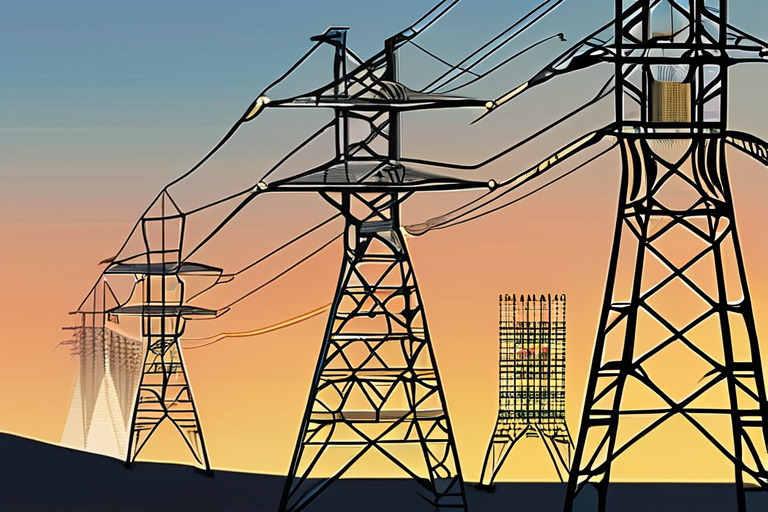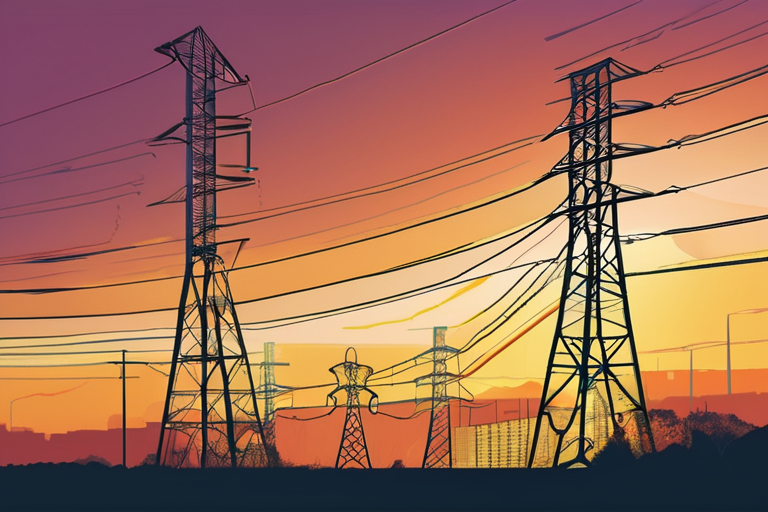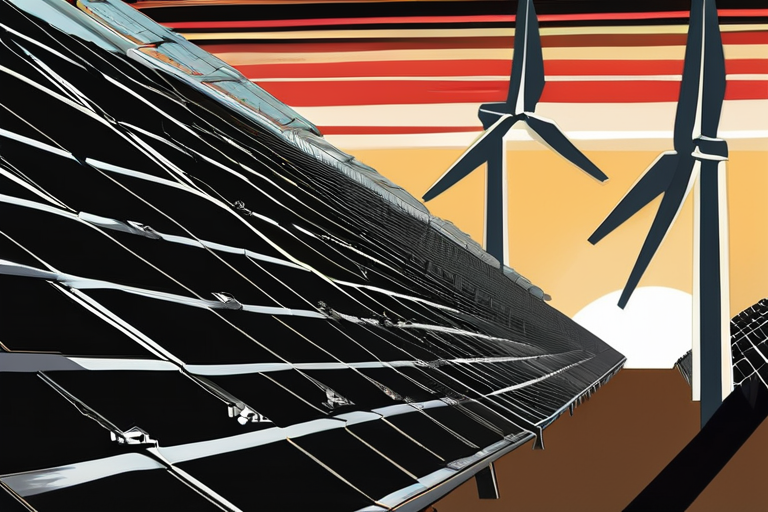Global Electricity Demand Surges, Driven by Emerging Economies and AI
The International Energy Agency's latest World Energy Outlook report revealed that global electricity demand is projected to grow by 40% in the next 10 years, with emerging economies outside China playing a significant role in this surge. This growth is driven by increasing populations and economies in countries such as India, Africa, and Southeast Asia, which are expected to account for a much larger share of global electricity demand in the future.
According to the report, China has been the primary driver of electricity growth over the past decade, but emerging economies will now take center stage. In the next 10 years, electricity demand in these regions is expected to increase by 50%, compared to 30% in advanced economies, including the US and Europe. The rise of artificial intelligence (AI) and data centers in these regions will also contribute to the growth in electricity demand.
The financial implications of this growth are substantial. The International Energy Agency estimates that global electricity demand will reach 38,000 terawatt-hours (TWh) by 2035, up from 27,000 TWh in 2025. This represents a significant increase in energy consumption, which will require substantial investments in new power generation capacity, transmission infrastructure, and energy storage systems.
The market impact of this growth will be felt across the energy sector, from power generation and transmission to energy storage and consumption. As demand for electricity increases, companies involved in the energy sector will need to adapt to meet this growing demand. This may involve investing in new technologies, such as renewable energy sources and energy storage systems, as well as expanding existing infrastructure to meet the increased demand.
The industry background of the energy sector is complex, with a mix of state-owned and private companies operating in different regions. The sector is also subject to various regulations and policies aimed at reducing greenhouse gas emissions and promoting the use of renewable energy sources. As the global energy landscape continues to evolve, companies will need to navigate these changing regulations and policies to remain competitive.
Looking ahead, the future of electricity is expected to be shaped by several key trends. The increasing adoption of renewable energy sources, such as solar and wind power, is expected to continue, driven by declining costs and improving technology. The growth of energy storage systems, such as batteries, will also play a crucial role in meeting the increasing demand for electricity. Additionally, the rise of smart grids and energy management systems will enable more efficient and reliable energy distribution.
In conclusion, the growth in global electricity demand is a significant trend that will shape the energy sector in the coming years. As emerging economies and AI drive this growth, companies involved in the energy sector will need to adapt to meet the increasing demand for electricity. With the increasing adoption of renewable energy sources, energy storage systems, and smart grids, the future of electricity looks promising, but also poses significant challenges for companies and policymakers alike.


























Share & Engage Share
Share this article